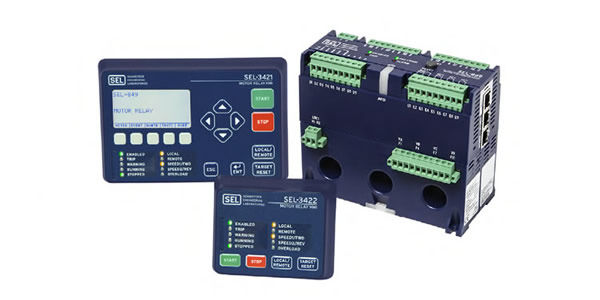What are a solid-state relay and the basics of the solid-state relay?
In a simple language, the solid-state relay is used for switching an electrical signal without the incorporation of any physical device. Due to the unavailability of moving physical components, the solid-state relays tend to have a longer life than their alternated electromechanical relay. The solid-state relays are also faster magnitude than the electromechanical relay. We will be looking at the entire composition which designs the solid-state relay.
The solid-state relay is right now facing a shortage in the market due to their demand in all the industries from agriculture to aerospace. Many experts also convey that the solid-state relays have the revolutionizing power of changing the performance of the electrical industry in the future. Having heard about so many positives about the solid-state relay, most of the people might be eager to know about the composition of the solid-state relay. We have brought here all the information which surfers need regarding the solid-state relay.
The complete guide and details related to the design of the solid-state relay
The solid-state relays are designed simply with the switch ON and switch OFF terminal with two terminals termed as power and load terminal. The relay switches between the ON and OFF terminal when an electrical signal passes through the entire circuit of the solid-state relay. The switching in the solid-state relay happens swiftly, and hence the power is extracted from a power transistor. The industrialist can design the relay either on AC or DC based on their requirement or application. The solid-state relays can offer high current potential, which can extend up to hundreds of ampere. The two transistors in the relay set up switch ON and OFF simultaneously to regulate the transport of the signal inside the SSR circuit.
How does the solid-state relay work?
The real beauty and the secret of the success of solid-state relays over the electromechanical relays lies on the switching mechanism of the SSR. The solid-state relays use the industrial opto-isolators or the optocouplers. The LED light shines on low power, which indicates the completion of the circuit when a high-power electrical signal passes through the frame of the solid-state relay, which means switch ON. The photodiode present in the solid state relay is responsible for the completion of the circuit.






